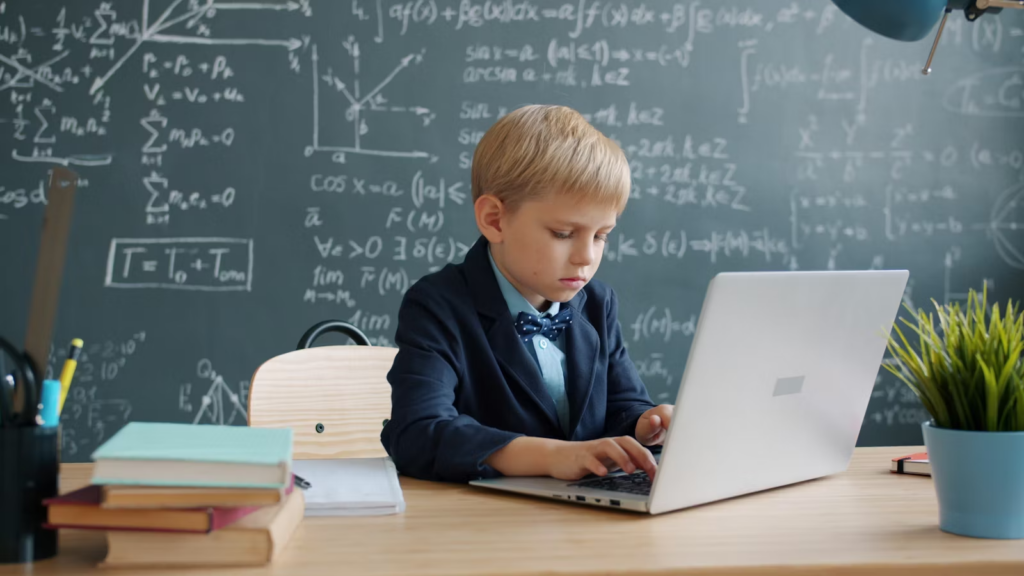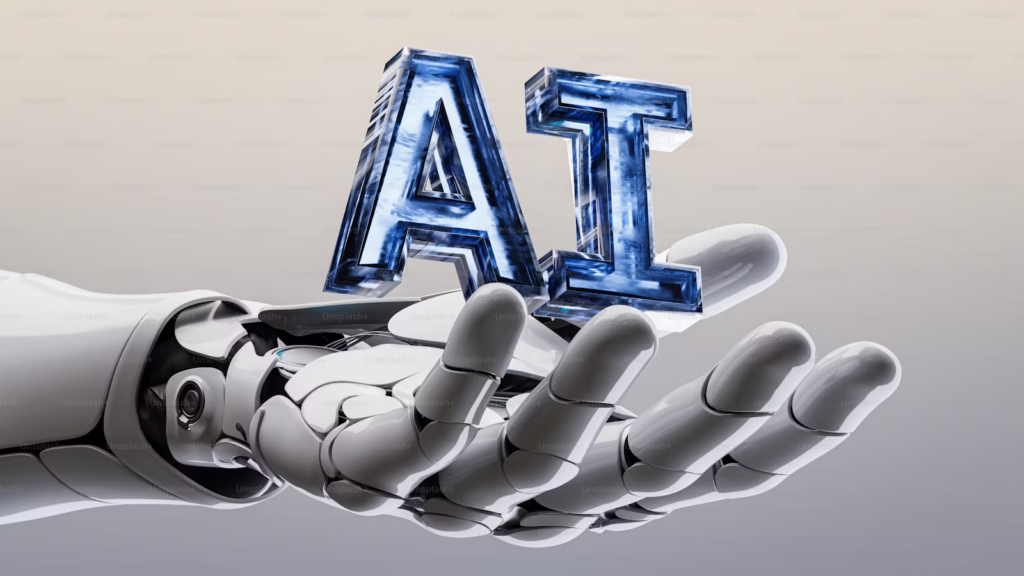Outline some of the issues around the responsible use of GenAI in education, including the environment, property rights, and learning-related issues #8

Photo by Philip Oroni on Unsplash
This week, I am going to talk about GenAI, and I chose this blog prompt to answer it. GenAI can be helpful for learning and creativity, but it also raises important concerns that teachers and students need to consider.
GenAI The promises and challenges in education
Environmental Issues

Photo by Noah Buscher on Unsplash
AI systems consume significant energy and water to run data centers, which can harm the environment and increase carbon emissions. The need for newer and more powerful computers also creates more electronic waste over time.
Property Rights

Photo by Getty Images on Unsplash
Many GenAI tools are trained on existing books, art, and writing, sometimes without permission. This raises questions about copyright and who really owns AI-generated work. Privacy is also an issue because some AI programs save what users are typing and upload to AI sites, which can risk sharing personal information about the user.
Learning Related Issues

Photo by Vitaly Gariev on Unsplash
Students might rely too much on AI instead of developing their own ideas and critical thinking skills. GenAI can also give incorrect or biased information, and it can be hard for teachers to know whether assignments were completed by students or by AI. And all the AI “trackers” you put work into to see if the work was AI-generated are also using AI to catch AI. Not all students have equal access to these tools, either, which can make learning unfair in a way.

Photo by Alex Shuper on Unsplash
GenAI can be a great educational tool, for example, to help create rubrics, and it helps a lot with time management, especially for teachers. But remember, it is important to use it responsibly, protecting the environment, respecting other people’s work, and supporting genuine learning.